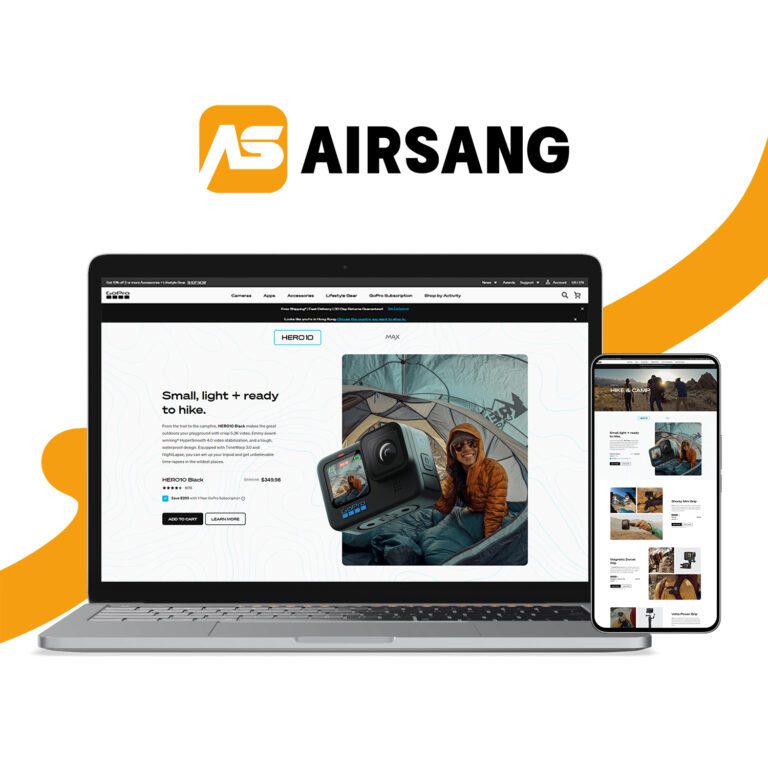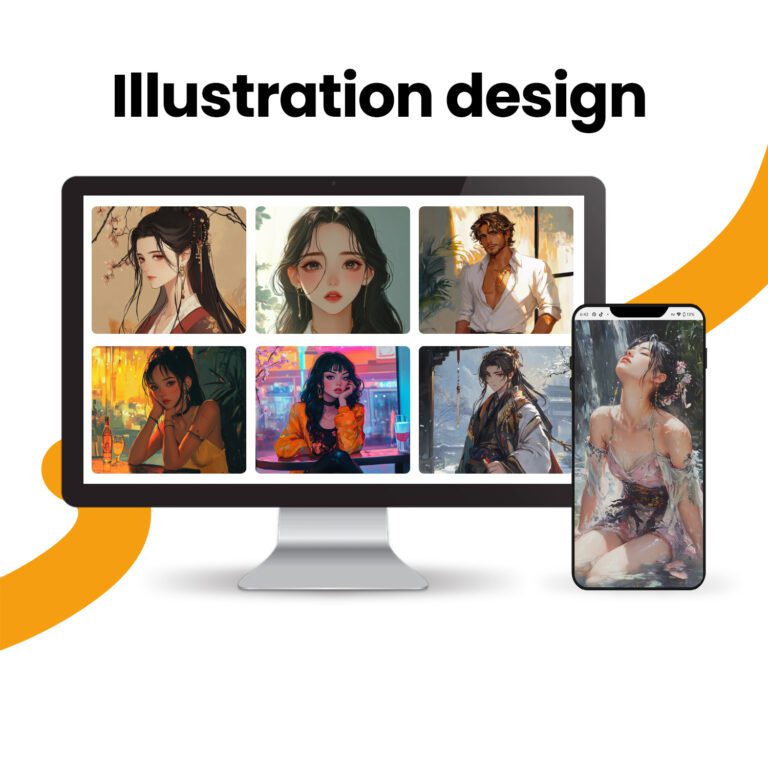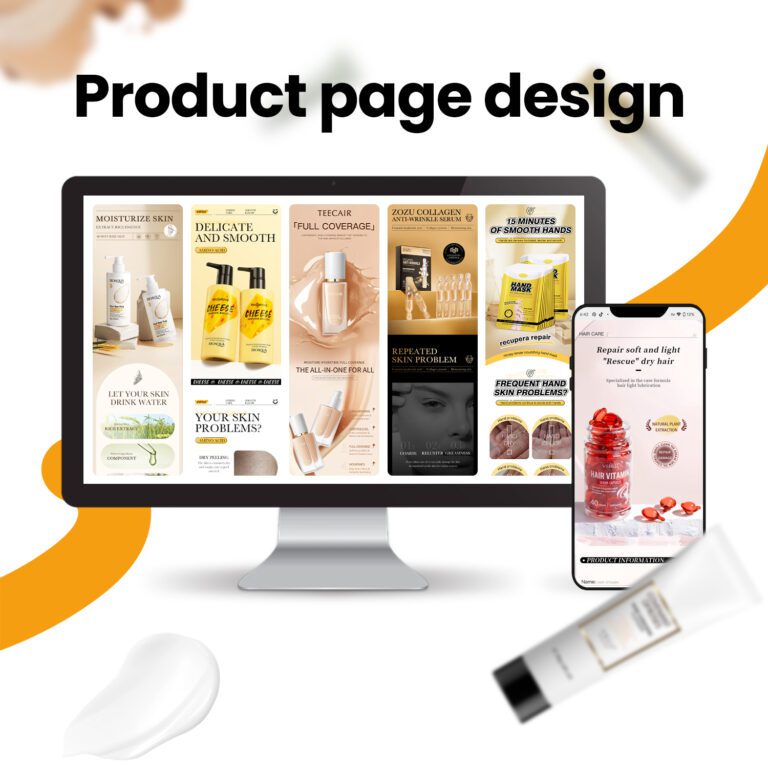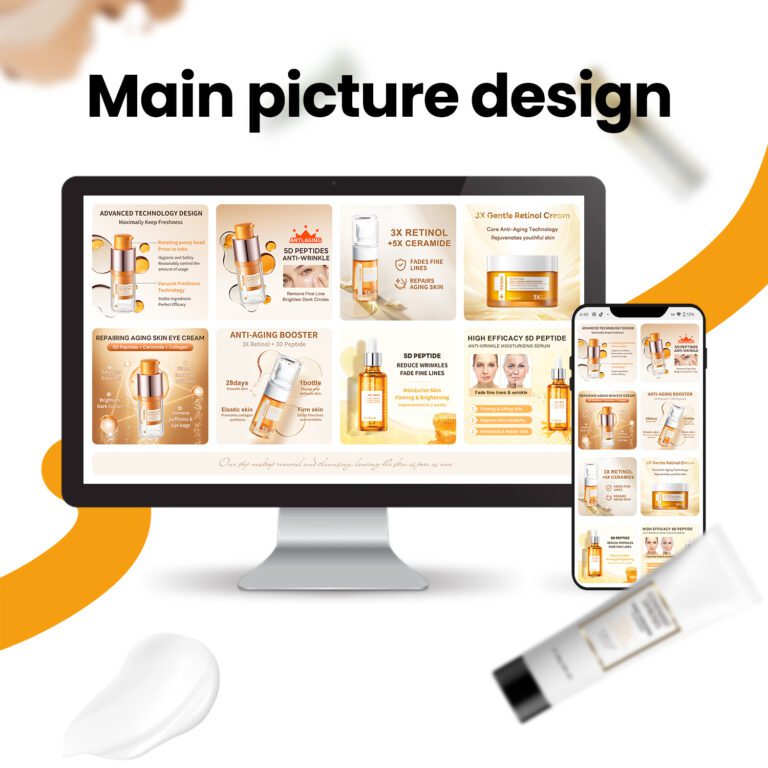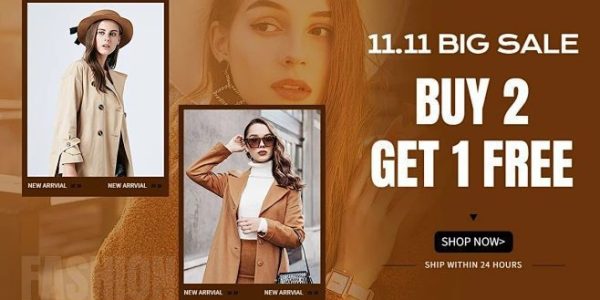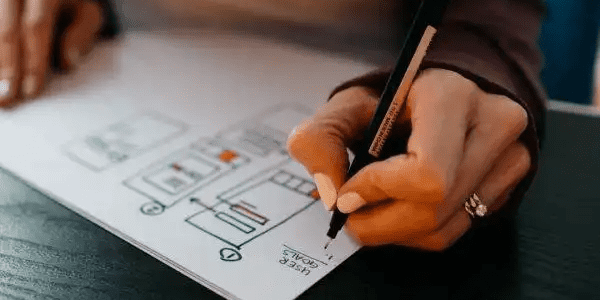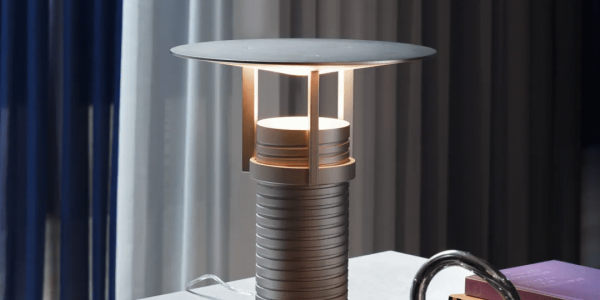What are the elements of Amazon product image design?
A seller asked me before. He was new to the industry and wanted to save costs. He asked if he could use other people’s pictures directly.
I strongly opposed this for the following reasons:
First, there is a high risk of being complained.
Below is Amazon’s intellectual property complaint interface, which should be familiar to veteran sellers. ↓↓↓

When someone selects “Rights Owner” and selects “Copyright Concerns” in the box below, you can report the theft of your image.
It is worth noting that there is no prerequisite such as brand registration to report theft of images. As long as you can prove that the image is original, you can directly file a complaint. Click to view << (Image Infringement Solution)>>.
In addition to the risk of being complained, Amazon’s algorithm will also take such behavior into consideration.
As a platform that relies on search to display products (in fact, all e-commerce platforms are like this), Amazon’s algorithm includes a mechanism to remove similar elements. If your product image is similar to a large number of other products, the system may reduce its display opportunities.
Today’s Amazon platform has long bid farewell to the era of extensive competition in the past.
At a time when refined operations have become the mainstream, if you still hold extensive thinking, you might as well imagine how likely you are to succeed.
If the above views are not enough to dissuade you from the idea of plagiarizing other people’s pictures, then just ignore what I said.
Since we have to design product pictures independently, what specific design details are worth our in-depth study? Next, let’s discuss this issue.

- Main Picture
Amazon has strict regulations on main pictures. If you don’t know how to design a main picture, you might as well learn from the strong ones. For small products, Anker’s main picture design is worth learning from. Its rendering effect is realistic and artistic, which can be regarded as an industry benchmark.

- Sub-images
You can upload 6-8 sub-images, but only the first 6 will be displayed on the front-end.
Its main function is to further explain the product details. When the main image, price, ratings and other factors attract customers to your listing, the sub-image begins to play a role.
The content of sub-images of different products varies, but they should generally include the following key elements:
-Product selling point image
For products with high technical content, a clear selling point image can intuitively display the core features, just like customers personally viewing samples in offline stores.
-Product Usage Scenario Diagram
The core function of the scenario diagram is to let customers intuitively feel the usage scenario of the product and enhance their sense of immersion. Once customers are attracted, conversion will come naturally.

-Product Explosion Diagram
For products with complex designs or multiple functions, explosion diagrams can effectively eliminate consumers’ concerns.

-Product Dimensions
For some products that are closely related to size, product size drawings are essential.

For this type of product, space for the dimensional image must be reserved on the secondary image or A+ page.
-How to use diagram
For methods that require user research, they can be described in detail in the sub-image or A+ page.

You can choose one or more elements and use multiple pictures to fully and three-dimensionally display the advantages of the product. The key is to let consumers feel the authenticity and advantages of the product through pictures.
If you are interested in these contents or want to know how to optimize your independent website, please feel free to contact airsang design

